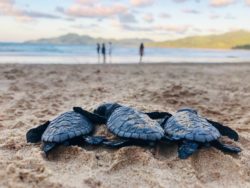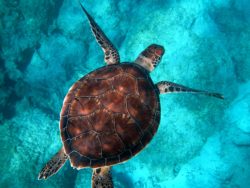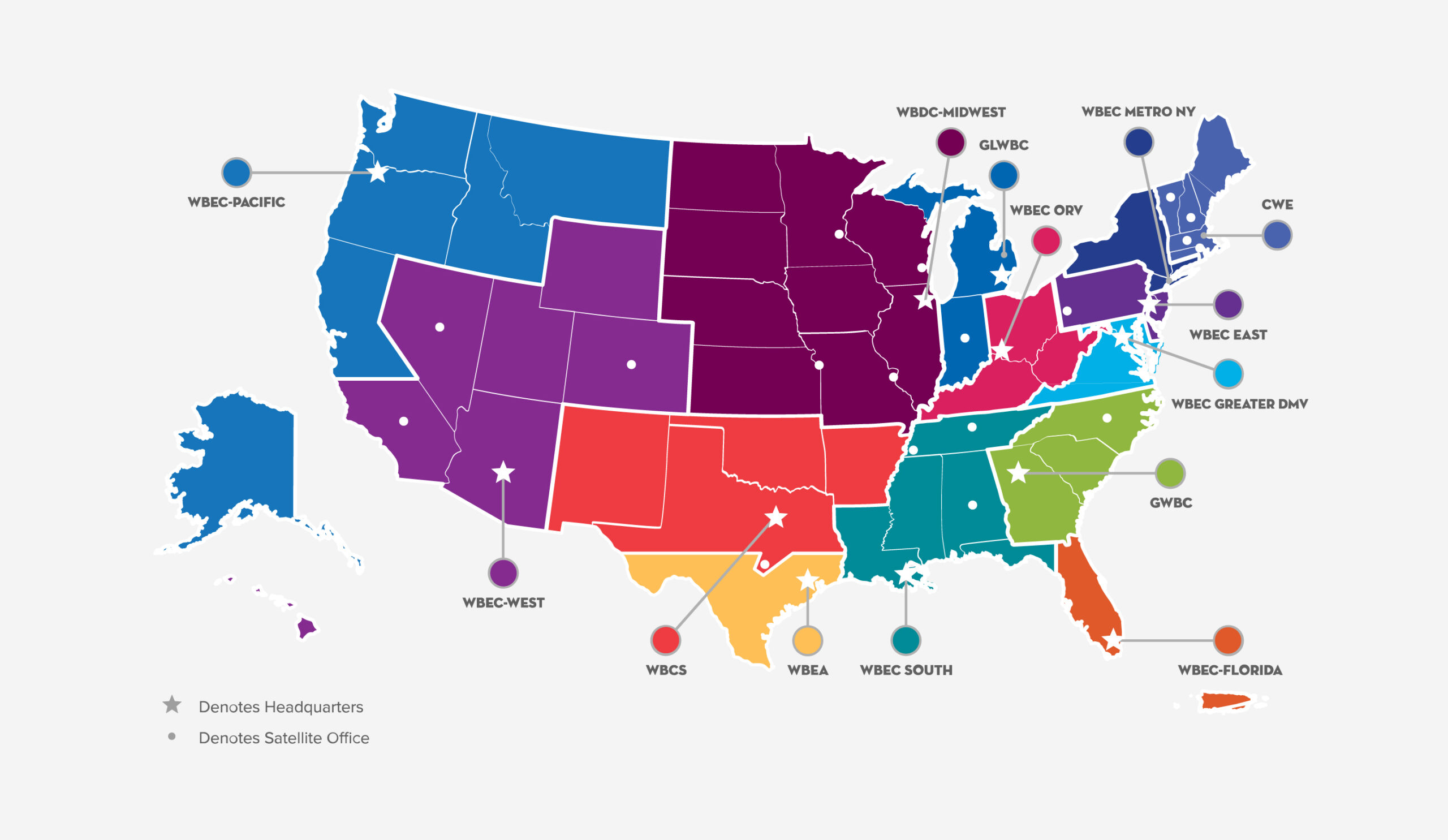Dr. Sarah Skidmore, CEO & Leadership Doctor at WBENC-Certified WBE Skidmore Consulting, started the Wild Leadership series in January 2021 to explore the question, “what leadership lessons can we learn from the wild?” Participants learn from vulnerable species such as polar bears, cheetahs, and manatees to endangered species like dolphins and elephants – journey along with Dr. Sarah as she explores Wild Leadership.
October 31 does not just represent Halloween; it also means the end of sea turtle nesting season for coastal Floridians. A season of the year where we ask humans to be a bit more cautious while on the coastline. One example of this is the state statutes and local ordinances around coastal Florida that regulate the types of lighting that beachfront properties and businesses may use. The goal here is to minimize human-created distinctions for the nesting females and the hatchlings as they journey from the nest to the ocean.
In the Nest & Out of the Nest Together
A female sea turtle may dig in beachfront sand for hours to create a nest for nearly 100 eggs. The sand-covered nest protects the eggs and allows them to incubate for two months.
Researchers know that the hatchlings work together to dig themselves out of the nest with their flippers, which scientists coined as social facilitation. In a 2016 study, scientists found that by working together, the hatchlings experience several benefits:
- The hatchlings reduce the amount of energy they use to escape the nest – giving them more energy for their big swim
- The hatchlings use the minimal nutrition they have available in the nest more efficiently
- By working together, the hatchlings escape from the nest quicker

Photo by Randall Ruiz
This is all part of the “nest escape process.” The hatchlings instinctively know to work together to get out of the buried nest. I’d say that’s truly a shared vision!
Leader Reflection Questions
- How might you foster a shared vision across your team?
- Reflect on your team. Is everyone aware of the vision? How might we strengthen the shared vision?
- What shared visions do you contribute to currently? Think about your organization, certification groups you are a part of, such as WBENC, professional networks, your industry, etc.
Dig and Rest Together
The hatchlings aren’t just digging for days on end without rest. There are periods when the hatchlings actively dig together and periods where the hatchlings rest together. And this may, hands down, be one of the most critical learnings – the hatchlings all rest.
Leader Reflection Questions
- How might you integrate the practice of rest and restoration into your leadership practice?
- How might you model rest and provide a clear expectation of rest to your team?
- How might you integrate wellbeing and mindfulness models and methods into your work?
Be as majestic as a sea turtle
A sea turtle battles many natural threats in its early life. While incubating, the sea turtle eggs face threats of being eaten by crabs or foxes. Birds threaten the hatchlings during their journey up from the nest, cross the sand, and into the ocean. In addition to natural threats, all sea turtles actively face human-made threats from fishing line, debris, trash, habitat destruction, poaching, and climate change.

Photo by Randall Ruiz
If you’ve ever seen a sea turtle up close or in a documentary, you may have thought the sea turtle was crying – that’s a misconception. What appears to many of us as crying is an amazing adaption that allows sea turtles to thrive in their environment. Sea turtles live and eat in the salty ocean water. Because of all the saltwater they intake, their bodies need a way to rid themselves of all that salt! To do that, their bodies have massive glands that are located directly by their eyes. As sea turtles release the salt from their body, through these glands, it appears they are crying.
Yet, regardless of threats and misconceptions, sea turtles are considered “the most majestic of the turtle family!”
Leader Reflection Questions
- Reflect on your industry and business environment. What threats do you currently face?
- What are your differentiators – whether for your business or your professional experience?
- What makes you and your team majestic?





